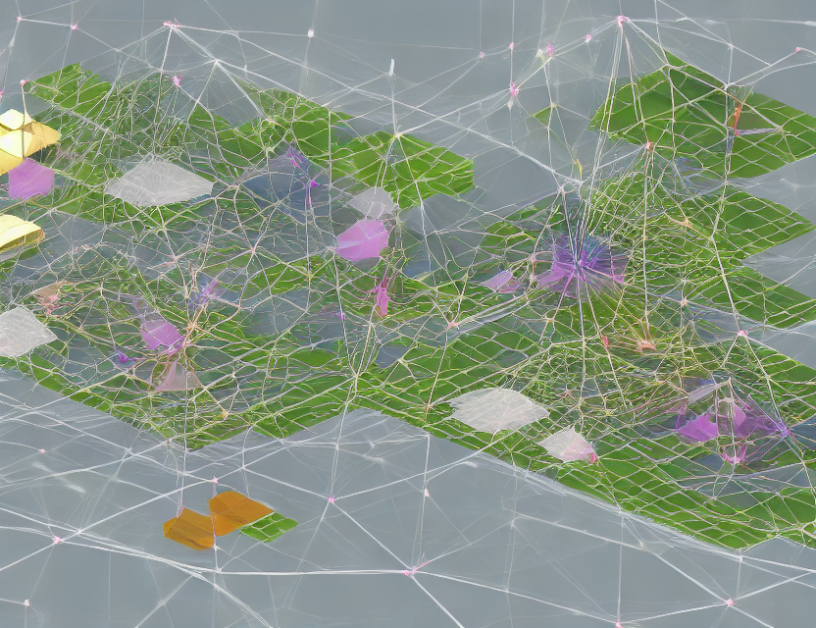In today’s fast-paced world of communication, efficiency is key. With the rise of artificial intelligence (AI) and autonomous driving, there’s a growing need to transmit information quickly and accurately. That’s where semantic communication comes in – a specialized framework that focuses on delivering the meaning behind a message rather than just the raw data itself.
Imagine you’re at a party and someone asks you about your job. Instead of rattling off a list of duties, you simply say "I help people find what they need." This brief summary conveys the essence of your work without getting bogged down in technical details. Semantic communication works similarly – by stripping away unnecessary information and focusing on the core message, it enables efficient transfer of meaning between parties.
Semantic communication assumes that the goal is to deliver the meaning rather than the exact replica of the original signal. This approach has several advantages, including faster data processing, reduced bandwidth requirements, and improved accuracy. For example, in autonomous driving, semantic communication can help an vehicle understand its surroundings by processing images from networked cameras, focusing on critical details like depth, direction, or size of objects rather than their colors or brand names.
While semantic communication has shown promising results, there are still challenges to overcome. One major issue is the complexity of translating raw data into meaningful semantic representations. To address this challenge, researchers are exploring new techniques that combine the strengths of diffusion models with the efficiency of attention-based reinforcement learning.
In conclusion, semantic communication has the potential to revolutionize the way we transmit information by focusing on the meaning behind a message rather than just its raw form. By demystifying complex concepts and using everyday language, this summary provides an overview of how semantic communication can lead to more efficient and accurate information transfer in various applications, including 6G networks and autonomous driving.
Computer Science, Machine Learning
Enhancing Goal-Oriented Diffusion Models for Efficient Semantic Communications



